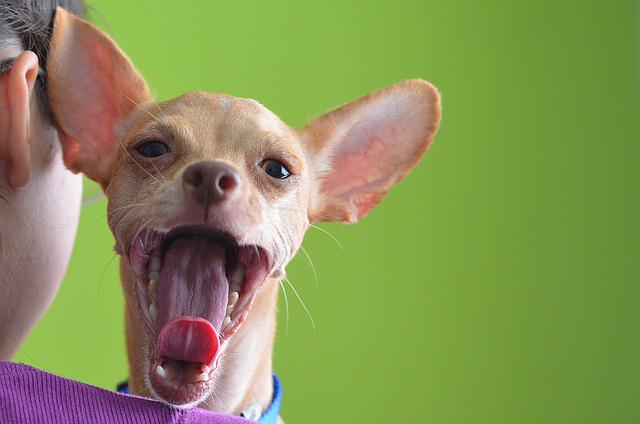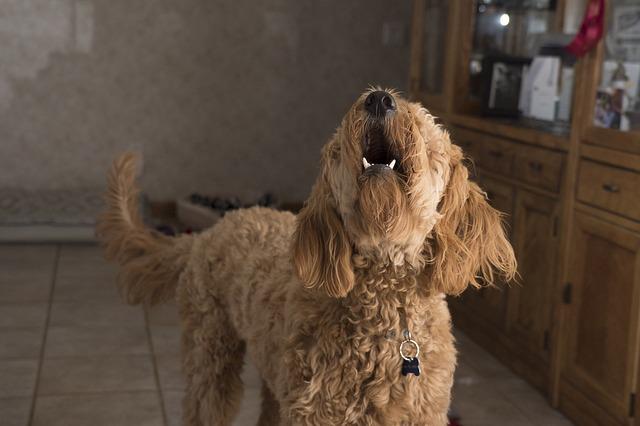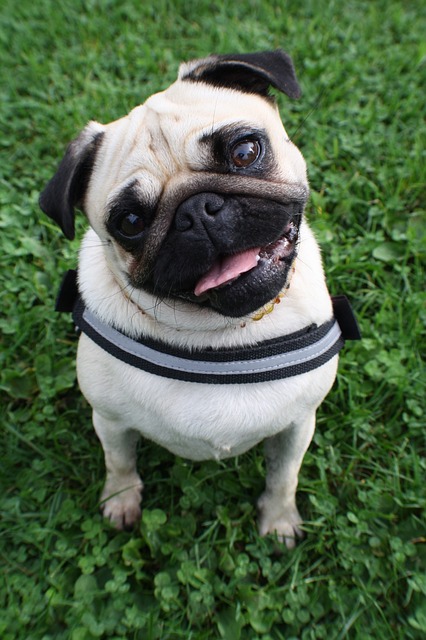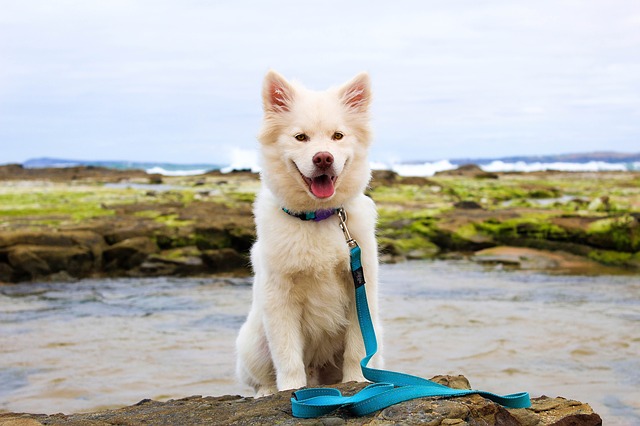Animals
What Your Dog is Trying to Tell You When They Do This

Dogs can show affection to their owners in many ways, but have you ever considered what they are trying to communicate when they do this? The number of ways dogs communicate with their owners and other dogs through body language and facial expressions is staggering. Here’s what your dog might be trying to tell you if he does this…
Wet Nose
A wet nose is a dog’s way of cooling themselves off. It’s also a way of regulating their body temperature and keeping themselves comfortable. If your dog has a wet nose, it’s a good sign that they’re healthy and happy.

Yawning
Dogs yawn for the same reasons we do—to signal fatigue or boredom, to calm themselves down, or to ease tension. But there’s more to a dog’s yawn than meets the eye. Researchers have found that dogs will yawn more when they see their owners yawn, which suggests that yawning may be contagious among humans and dogs. Dogs also tend to yawn before they perform an action, such as barking or sitting.

Head Shaking
If your dog is shaking their head, it’s likely they’re trying to tell you that they’re uncomfortable with something. It could be that they don’t like the way you’re petting them, or there could be something wrong with their ear. If your dog starts shaking their head more frequently or violently, it’s best to take them to the vet to rule out any medical issues.

Licking their lips
Dogs lick their lips for a variety of reasons. If you see your dog licking their lips and they don’t have anything on their mouth, it could be a sign that they are anxious or stressed. Dogs also lick their lips as a way to begging for food. If your dog starts licking their lips while you’re eating, it’s a pretty clear sign that they want some of your food! Dogs also lick their lips as part of their grooming routine.

Whining or Howling
Your dog may also howl to indicate something they suspect is a danger to you, you may hear your dog howl at strangers walking near your house, for example. In this instance, your dog is trying to protect its home and howling is its way of signaling to intruders that they aren’t welcome on your dog’s territory.

Ear Position (Up or Down)
Dogs’ ears are incredibly expressive and can give you a good indication of how they’re feeling. If your dog’s ears are up, it usually means they’re alert and happy. On the other hand, if their ears are down, it could be a sign that they’re feeling scared or anxious.

Body Language
Dogs communicate a lot with their body language, and understanding what they’re trying to say can help you have a better relationship with your furry friend. Here are some common things dogs do and what they might mean

Diarrhea dog
Dogs can get diarrhea for a number of reasons, from eating something they shouldn’t have to drinking contaminated water. If your dog has diarrhea, it’s important to pay attention to other symptoms they may be experiencing and how long it lasts. In most cases, diarrhea is mild and will resolve on its own, but severe or prolonged cases may require treatment from a veterinarian.

Conclusion
Dogs are trying to communicate with us all the time, but we often don’t speak their language. By understanding some of the things they do, we can better interpret what they’re trying to say. For example, when a dog licks their nose, they could be telling us that they’re hungry or thirsty. If they scratch themselves, they might be trying to relieve an itch. And if they stare at you intently, they might be trying to tell you that they need to go outside.
-

 Dogs2 years ago
Dogs2 years agoIs Your Dog on the List? The Smartest Dog Breeds, Ranked
-

 Cameras2 years ago
Cameras2 years ago10 Best 360 Digieye Wifi Camera
-

 Cars2 years ago
Cars2 years agoBest 28 Car Accessories And Gadgets For Road Trips
-

 Dogs2 years ago
Dogs2 years agoMan’s Best Friend: The Most Loyal Dog Breeds of 2022
-

 Weight Loss2 years ago
Weight Loss2 years agoBruce Lee’s Weight Training
-
Uncategorized2 years ago
20 Best Things to Do in France
-

 Business2 years ago
Business2 years agoHSBC Online Bank Account: The Answer to All Your Banking Needs?
-

 Cars2 years ago
Cars2 years agoDriving Towards the Future: A Deep Dive into Tesla’s Autonomy Capabilities

